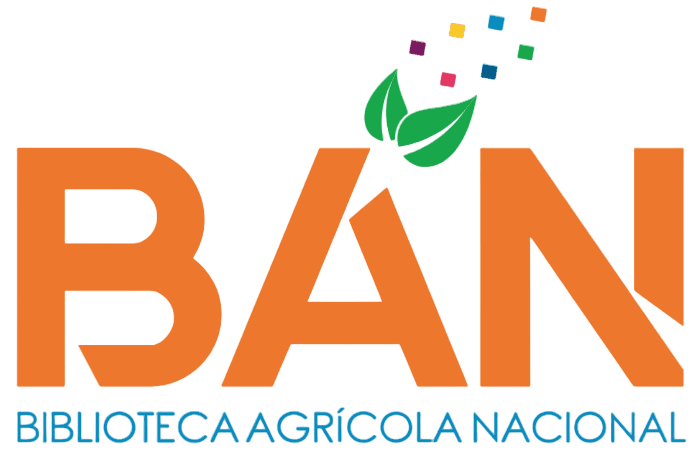Demanda hídrica de la cuenca alta del río santa, mediante la aplicación de una propuesta de modelo geoespacial
Loading...
Código QR
Authors
Galarza Peña, Gonzalo Pablo
Contact Email
Abstract
En los últimos años, el retroceso glaciar ha sido objeto de estudio debido a su impacto en la seguridad hídrica, fundamental para sectores como el consumo poblacional, la agricultura, la ganadería, la piscicultura, las industrias, la minería, el sector hidroenergético y los ecosistemas. La cuenca del río Santa depende principalmente de las descargas de lagunas, glaciares y la precipitación, abasteciendo proyectos como CHAVIMOCHIC y CHINECAS, además de cubrir usos hidroenergéticos, agrícolas, pecuarios, industriales y poblacionales. Según el diagnóstico hídrico de SEDALIB (2018), el uso agrícola representa el 80 % de la demanda hídrica total, seguido por el uso poblacional con un 13 %. Para estimar la demanda hídrica de la cuenca alta del río Santa, se utilizó un modelo geoespacial basado en superposición ponderada, que determinó una demanda hídrica total de 1695,38 hm³/año, de los cuales 1672,654 hm³/año (98,66 %) corresponden a fines agrícolas. Estos resultados, sumados a estudios previos como los de la Autoridad Nacional del Agua (2009a) y Apaéstegui y Espinoza (2017), son cruciales para la gestión hídrica, especialmente frente al retroceso glaciar, principal fuente hídrica en épocas de estiaje.
In recent years, glacial retreat has been the subject of study due to its impact on water security, which is essential for sectors such as population consumption, agriculture, livestock, fish farming, industries, mining, the hydroenergy sector and ecosystems. The Santa River basin depends mainly on discharges from lagoons, glaciers and precipitation, supplying projects such as CHAVIMOCHIC and CHINECAS, in addition to covering hydroenergy, agricultural, livestock, industrial and population uses. According to the SEDALIB water diagnosis (2018), agricultural use represents 80% of the total water demand, followed by population use with 13%. To estimate the water demand of the upper Santa River basin, a geospatial model based on weighted superposition was used, which determined a total water demand of 1695.38 hm³/year, of which 1672.654 hm³/year (98.66 %) correspond to agricultural fines. These results, added to previous studies such as those by the National Water Authority (2009a) and Apaéstegui and Espinoza (2017), are crucial for water management, especially in the face of glacial retreat, the main water source in times of low water.
In recent years, glacial retreat has been the subject of study due to its impact on water security, which is essential for sectors such as population consumption, agriculture, livestock, fish farming, industries, mining, the hydroenergy sector and ecosystems. The Santa River basin depends mainly on discharges from lagoons, glaciers and precipitation, supplying projects such as CHAVIMOCHIC and CHINECAS, in addition to covering hydroenergy, agricultural, livestock, industrial and population uses. According to the SEDALIB water diagnosis (2018), agricultural use represents 80% of the total water demand, followed by population use with 13%. To estimate the water demand of the upper Santa River basin, a geospatial model based on weighted superposition was used, which determined a total water demand of 1695.38 hm³/year, of which 1672.654 hm³/year (98.66 %) correspond to agricultural fines. These results, added to previous studies such as those by the National Water Authority (2009a) and Apaéstegui and Espinoza (2017), are crucial for water management, especially in the face of glacial retreat, the main water source in times of low water.
Description
Universidad Nacional Agraria La Molina. Facultad de Ingeniería Agrícola.
Departamento Académico de Recursos Hídricos
Keywords
Percepción remota
Citation
Date
2024
Collections
Seleccionar año de consulta:
Licencia de uso

Excepto si se señala otra cosa, la licencia del ítem se describe como info:eu-repo/semantics/openAccess

